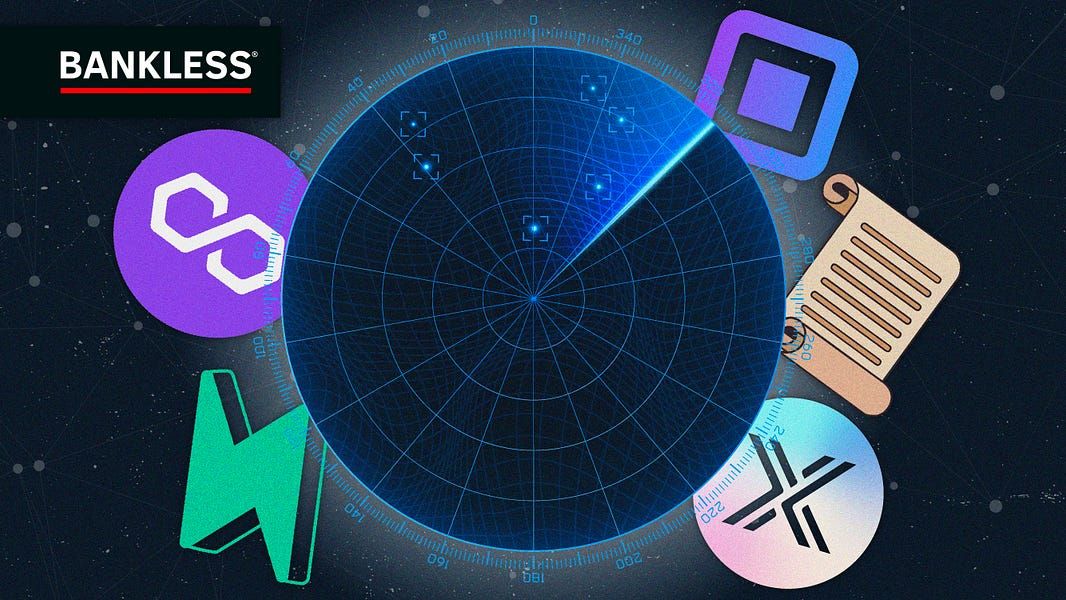Dear Bankless Nation,
Crypto doesn’t sleep.
When one tech innovation takes the lead, the cavalry comes right behind.
That’s what we’re seeing with Layer 2s right now.
While names like Optimism and Arbitrum are household names in crypto, there’s a whole new generation of Layer 2 tech that’s ready to challenge.
That means it’s not just The Big Four anymore.
Bankless analyst Ben Giove is here to run down the sleeping giants of Layer 2 tech that you need to know about now.
— Bankless team
Ethereum’s Layer-2 (L2) ecosystem continues to grow at a rapid pace. There’s currently more than $4.36B in TVL across twenty-two L2s. That’s a 1194% increase from just one year ago.
Where there is growth, there is competition. And as the stakes have grown, so too has the competition within the L2 ecosystem.
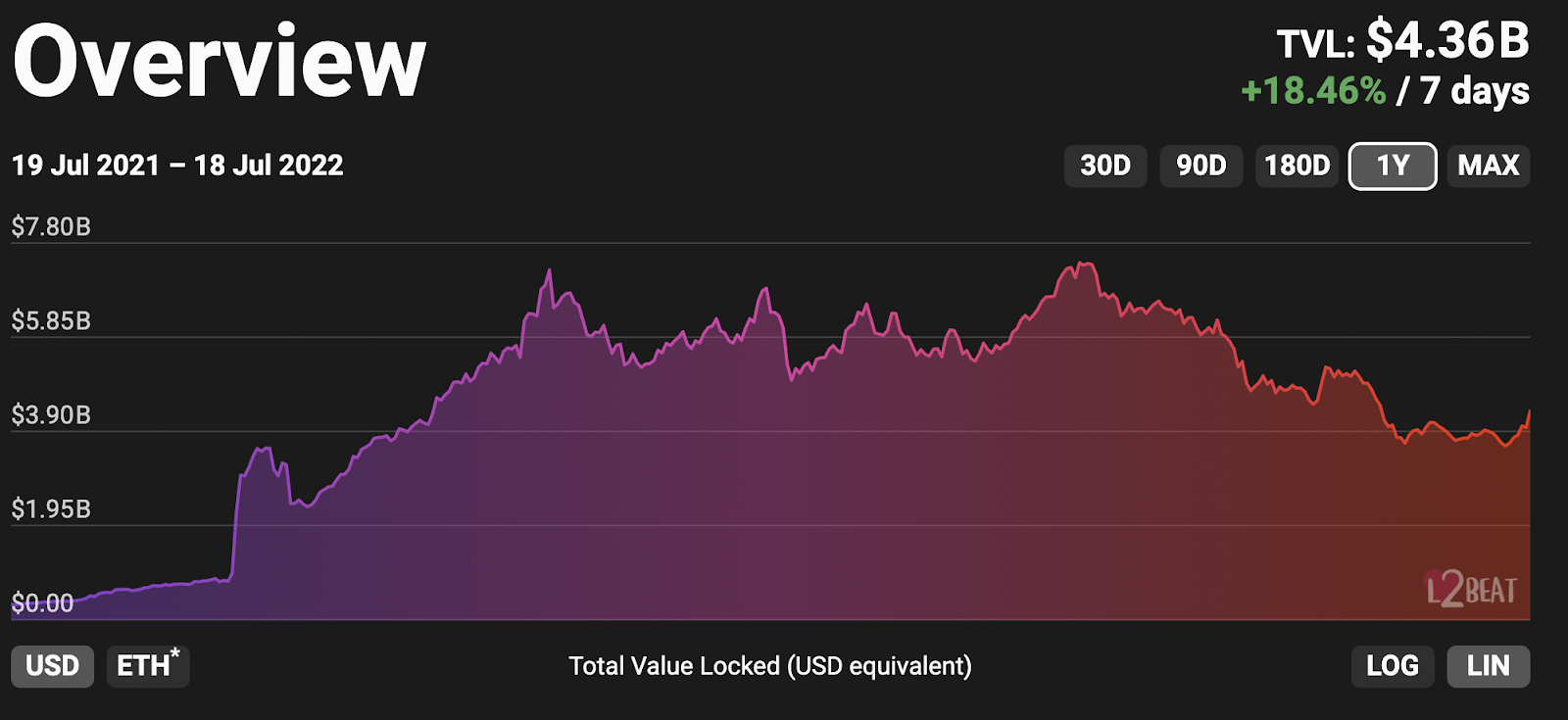
To date, much of the discourse surrounding L2s has largely focused on “The Big Four” generalized rollups. These include optimistic rollups (ORUs) in Optimism and Arbitrum, which are live and boast a rapidly growing user and developer base.
The Big Four also includes zk-rollups (ZKRs) in zkSync and StarkNet. While highly performant, neither has seen level of traction as ORU counterparts (more on that later).
However, there are a number of L2s which — while currently lesser known — are waiting in the wings to disrupt incumbents. These networks bring unique design choices and functionality to the table, while some are highly specialized for certain, individual use cases.
Let’s take a look at a few of these low-profile L2s to see what the hype *should* be all about.
Fuel
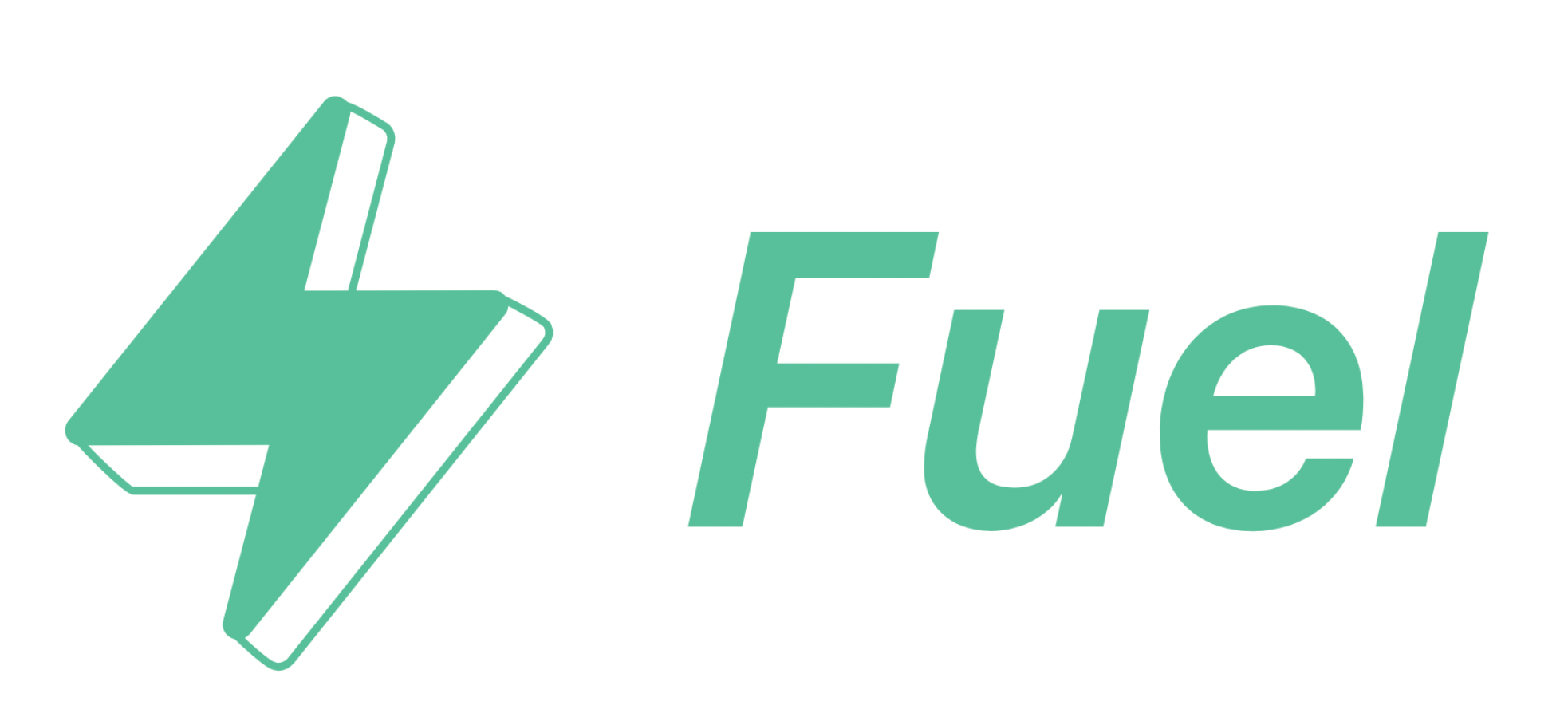
Fuel is an optimistic rollup.
Fuel is unique in that it uses its own custom virtual machine — the Fuel VM — with smart contracts written in Sway. This means that unlike most L2s, Fuel is not EVM-compatible, a factor that may hinder its adoption.
Fuel also differentiates itself through the use of a UTXO model — the same as Bitcoin — instead of the traditional accounts based model utilized by Ethereum and L2s. These unique design choices have allowed Fuel to be highly performant, as the network is capable of validating multiple transactions in parallel, rather than serially (one at a time).
Fuel also boasts improved user experience relative to other L2s. Rather than a 7-day withdrawal time like traditional optimistic rollups, users on Fuel can bridge back to Ethereum mainnet in minutes using atomic swaps. Furthemore, transactors can pay gas fees in any token — rather than just ETH. Though like any L2, the network must still purchase Ethereum blockspace to verify proofs.
Fuel V1 launched in December 2020, with developer focus recently shifting to work on Fuel V2. The Fuel Labs team recently launched SwaySwap, a decentralized exchange, on devnet. Uniquely, assets on SwaySwap are entirely native to Fuel, meaning they inherit the same functionality as native assets like ETH on Ethereum.
While their lack of EVM-compatibility may set it on a slower growth trajectory, Fuel’s functionality and throughput relative to other ORUs should help it attract developers and expand usage over the long-run.
Scroll
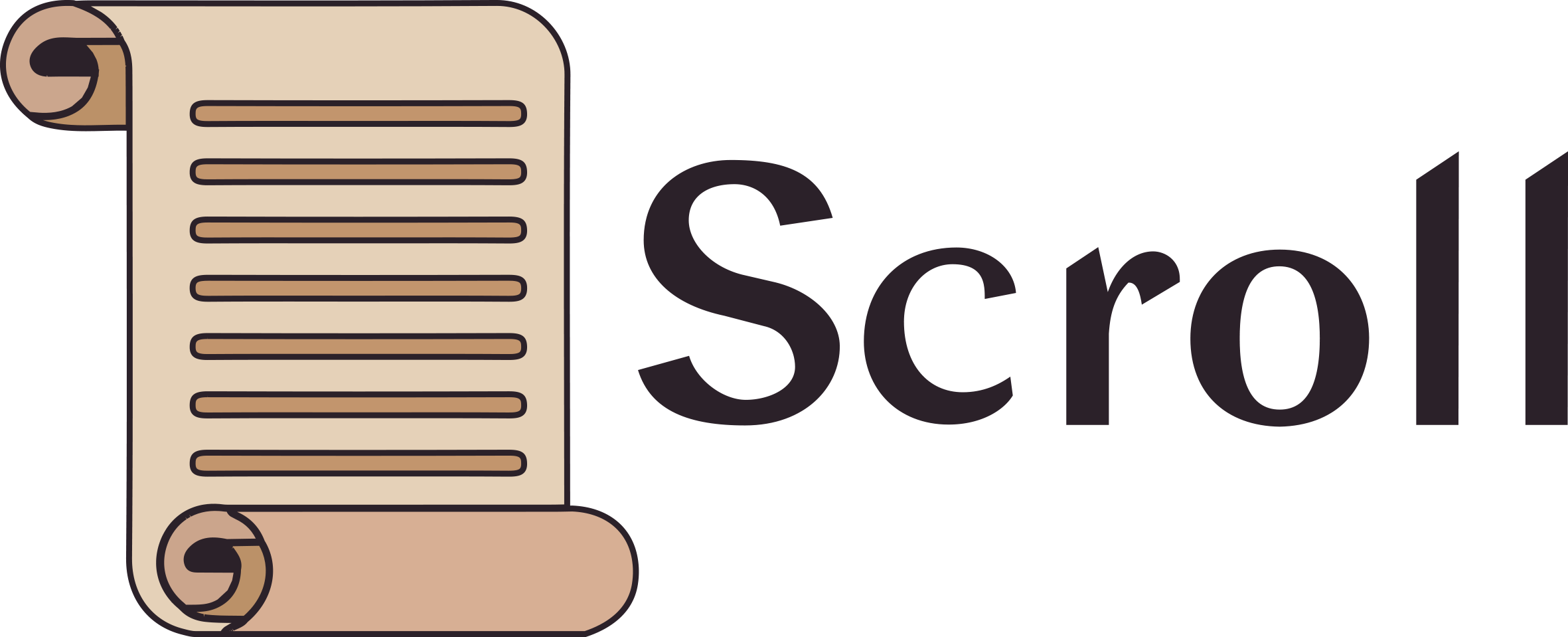
Scroll is a zk-rollup (ZKR) developing a zkEVM.
A zkEVM has the potential to radically change the L2 and entire blockchain scaling landscape.
Along with the difficulties of implementing ZKRs in production, a major obstacle hindering adoption of the tech is its lack of EVM-compatibility. While ZKRs are more performant in regards to throughput and gas fees, the inability to easily integrate the EVM into zk-tech has led to each ZKR having to build out unique developer tooling and infrastructure from the ground up.
This is why a zkEVM is considered by many to be the “endgame” of L2 scaling, as it allows ZKR’s to inherit the network effects of the EVM while maintaining the same, high-level of performance.
While other competitors such as zkSync and Polygon (more on that below) are developing zkEVM’s, a factor that may allow Scroll to be competitive with these projects is that it aims to be EVM-equivalent. This means that contracts deployed on Ethereum mainnet can be ported over to Scroll without needing to make any material changes to the codebase. This should help catalyze adoption of Scroll, because it greatly increases the ease at which projects can migrate over to the network.
Scroll is currently taking the first steps towards acting on this potential, as it recently announced plans to launch a pre-alpha testnet, upon which users will be able to transact on the network and try out individual applications.
Aztec
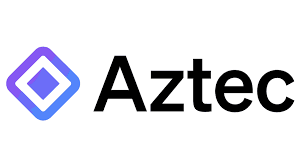
Aztec is a privacy-focused zkRollup.
Aztec provides users with privacy through its unique transaction architecture. While complex, at a high-level this architecture functions similar to a UTXO-model and uses zk-proofs to transfer ownership of assets, while simultaneously protecting the identities of any parties involved.
A primary use case for Aztec thus far has been private DeFi through Aztec Connect.
Aztec Connect provides users with the ability to directly interact with smart-contracts that are deployed on L1 from within the L2. This means that users can inherit Aztec’s privacy while also accessing the liquidity and composability of dapps on Ethereum. Further, Aztec users also pay minimal gas fees despite the direct interaction with L1 because, like with any rollup, gas fees are still batched and amortized across all transactors. Per L2 Beat, Aztec Connect currently has $3.12M in TVL.
The most popular individual application which has been built to leverage Aztec’s technology is zkmoney, a transaction shielding service. zkMoney enables users to privately transact with an assortment of prominent L1 protocols such as Uniswap, Aave, Compound, Lido.
Aztec should continue to grow within this niche as more applications are built on the network, and the value proposition of cheap, private transactions is made more clear. However, it is worth mentioning that there the regulatory concerns relating to privacy projects could weigh over the L2 in the short term.
Immutable X
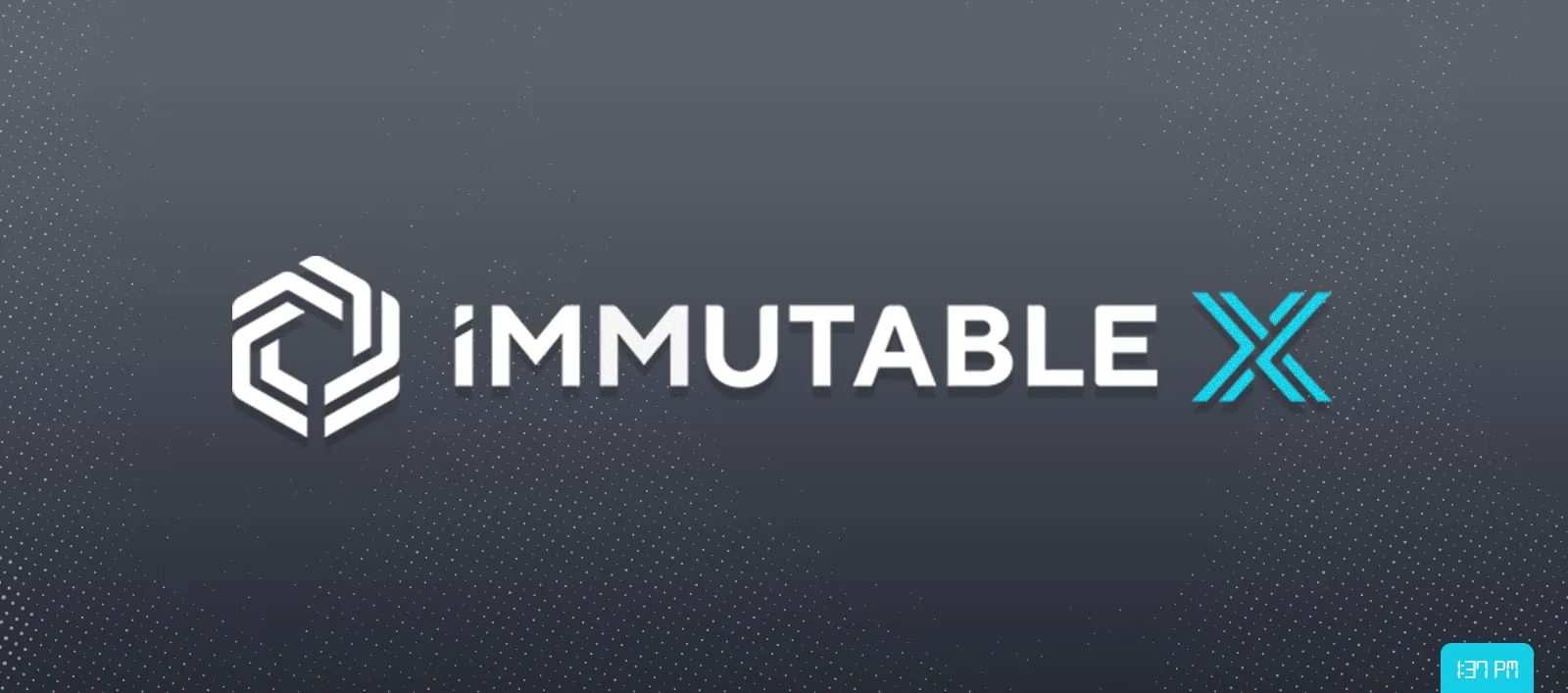
Immutable X is a validium built using StarkEx.
Immutable X is considered to be a validum because transaction data is stored via an off-chain solution known as a data availability committee rather than entirely on-chain. While this means that Immutable X has increased trust assumptions relative to other rollups that settle to Ethereum, it allows the network to significantly reduce transaction costs, with the network entirely subsidizing them for end users.
Immutable X is governed by the IMX token. Along with these rights, IMX holders can stake their tokens to earn 20% of transaction fees, as well as protocol fees that include 2% of all secondary NFT trades made on the L2.
Immutable X is focused on gaming, with numerous high profile projects building on the network, such as Gods Unchained, a NFT based trading card game, and Illuvium, an auto-battler with Triple-A quality graphics that is currently in private beta.
Illuvium recently held its $3.3M land sale on Immutable X, while the L2 has also managed to secure partnerships with prominent meatspace firms such as Disney, Gamestop and Turner Sports.
These partnerships, as well as the public launch of Illuvium and other hotly anticipated titles like Ember Sword and Guild of Guardians, seem poised to catalyze the continued growth and adoption of Immutable X.
Polygon zkEVM
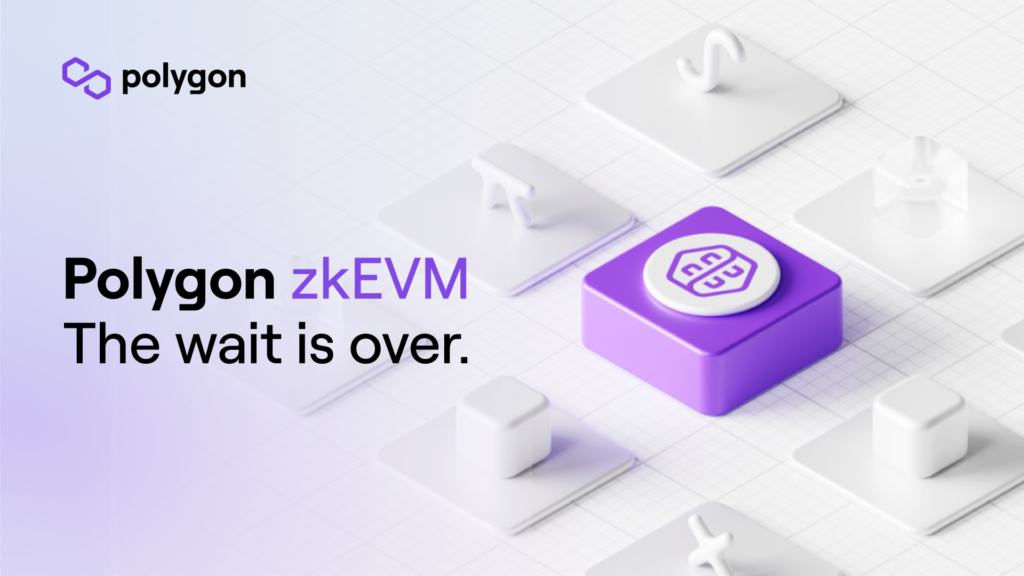
Polygon is developing a suite of ZKRs, with the most prominent of these being the Polygon zkEVM.
Similar to Scroll, Polygon’s zkEVM, which was revealed the day before publication, has the potential to radically shake up the L2 landscape.
Like its competitor, the Polygon rollup will be EVM-equivalent, enabling developers to near-seamlessly deploy their L1 contracts onto L2. The zkEVM will also utilize the Plonky2 prover system developed by Polygon Zero, another ZKR which was brought into the Polygon ecosystem following the $400M acquisition of Mir. Plonky2 enables proofs to be validated at incredibly fast rates, which decreases the time it takes for L2 transactions to reach finality.
The zkEVM is scheduled to launch its testnet sometime in the summer of 2022, with a mainnet deployment slated for early 2023.
With a significant developer and user-base on its PoS chain, a massive warchest, in-house talent following the acquisitions of other teams working on zk-tech such as Hermez, and a perpetual stream of high profile partnerships, Polygon seems poised to be a force within the zk-ecosystem for the foreseeable future.
A Multi-L2 World
Between Fuel, Scroll, Aztec, Immutable X, and Polygon’s zkEVM — as well as the many others not mentioned in this piece — there are numerous L2s outside of the “Big Four'' that seem poised for growth over the coming months.
Fuel, Scroll, and Polygon’s zkEVM are all generalized platforms that may bring increased performance and improved developer experience relative to incumbents, while Aztec and Immutable X continue to execute within their respective privacy and gaming niches.
It’s unclear how things will shake out, and who will emerge as the winners. But what is more certain is that we will live in a multi-L2 world for the foreseeable future.
Action steps
- 🪂 Put your L2 knowledge to work and double up on airdrops!
- 📺 Watch the Trillion Dollar Layer 2 Opportunity podcast episode
